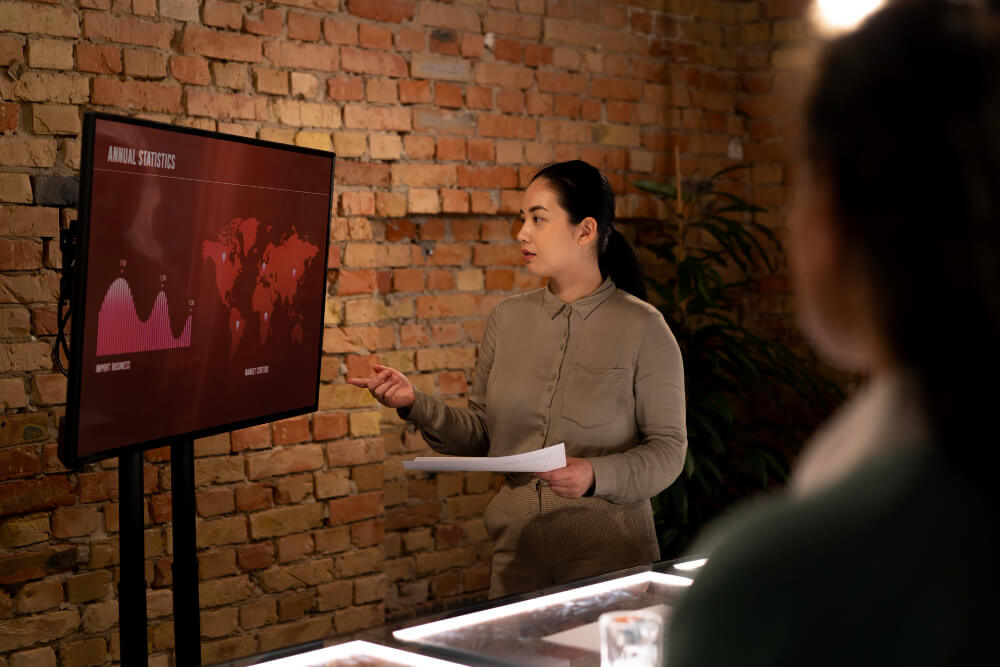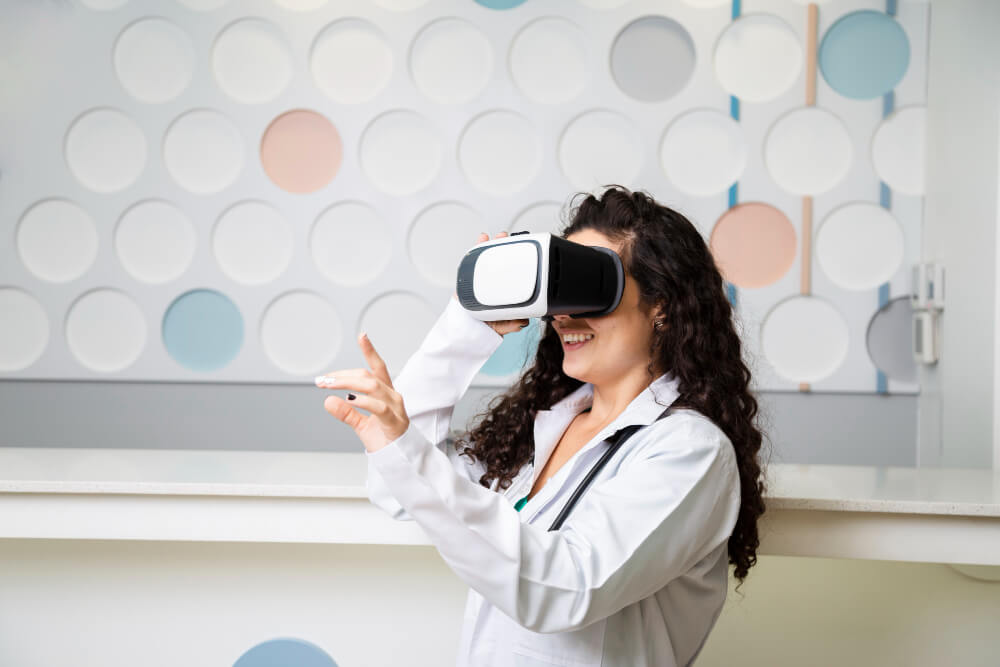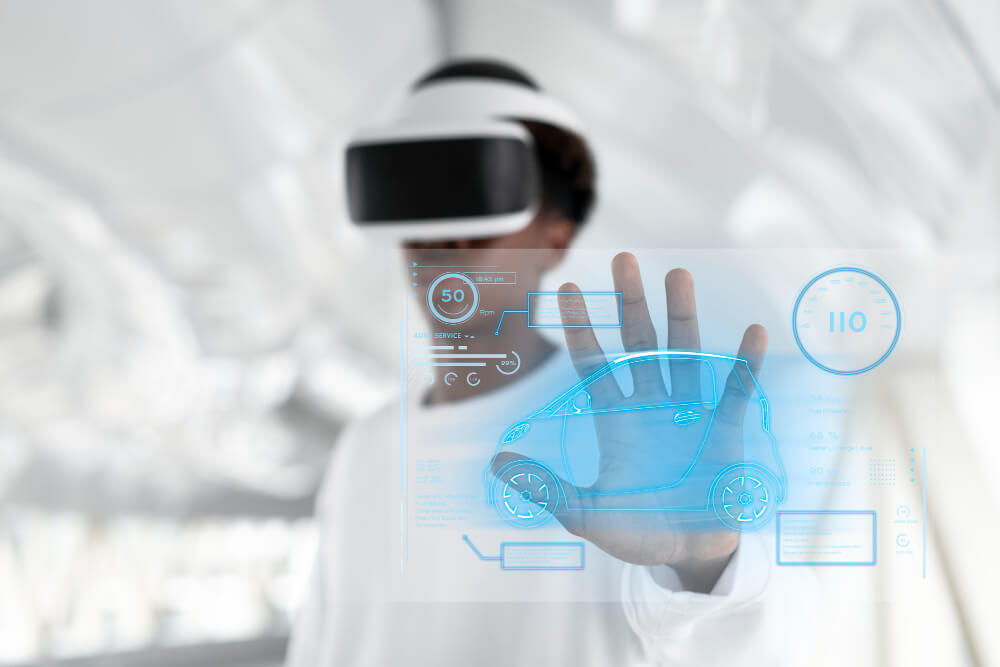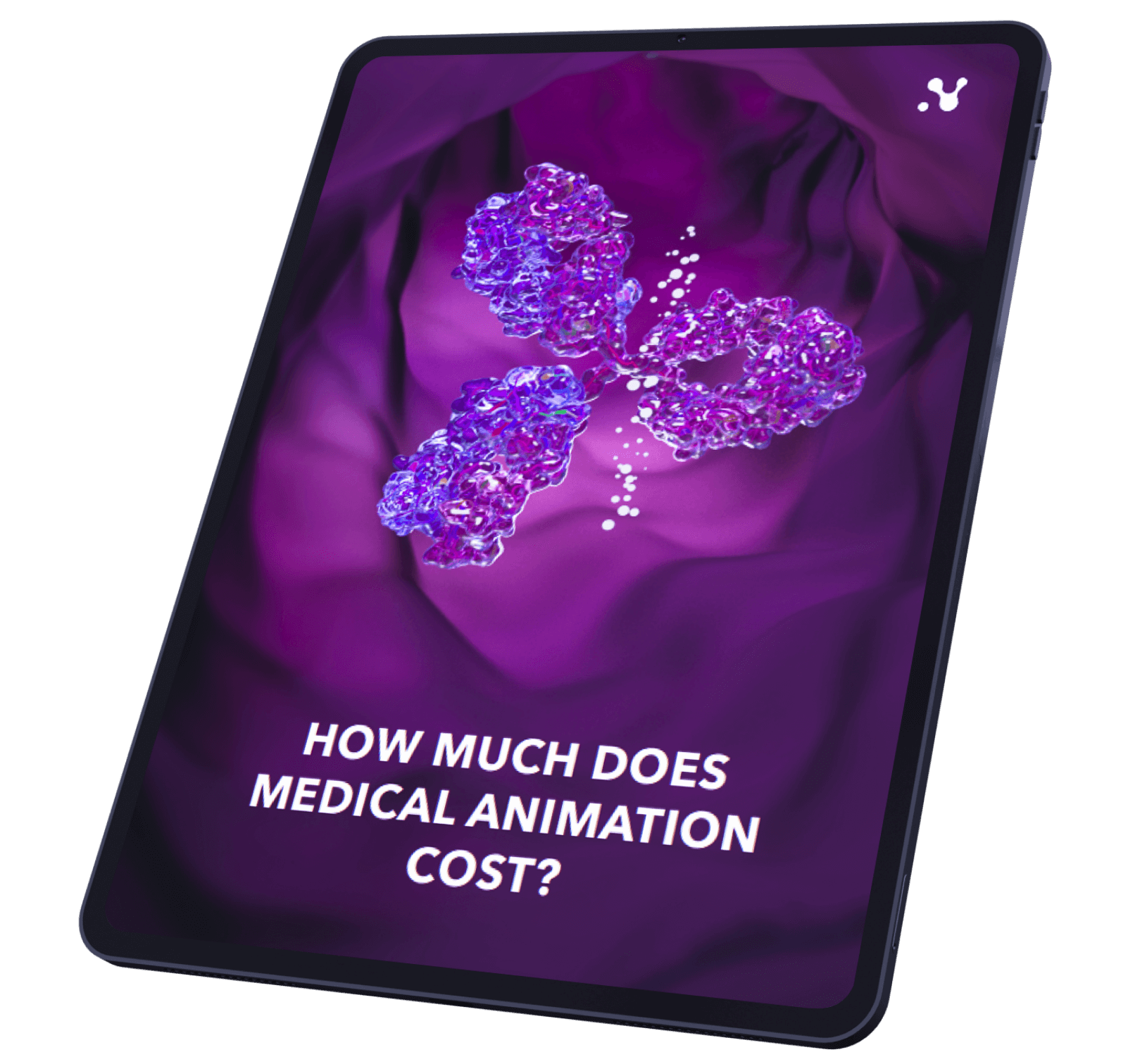Effective project presentations are pivotal in the ever-evolving pharmaceutical industry, whether it involves pitching a new drug discovery, presenting clinical trial results, or elucidating intricate research findings. To maintain a competitive edge in this sector, pharmaceutical professionals are increasingly turning to the latest trends in project presentation technology. In this article, we will explore cutting-edge tools and techniques, including interactive whiteboards, virtual reality (VR), and augmented reality (AR), and delve into how these innovations can enhance project presentations within the pharmaceutical field.

Interactive Whiteboards: Facilitating Collaboration and Engagement
Interactive whiteboards have evolved significantly from traditional chalkboards and static slides, offering dynamic platforms for creativity and engagement. These versatile tools empower pharmaceutical professionals to deliver presentations that are more immersive and interactive.
Real-time Collaboration:
Interactive whiteboards facilitate simultaneous collaboration among multiple users, regardless of their geographic locations. This feature proves invaluable for pharmaceutical teams engaged in global projects, enabling them to brainstorm, annotate, and make real-time modifications to their presentations.
Data Visualization:
In an information-intensive field like pharmaceutical, effective data visualization is essential. Interactive whiteboards empower users to create dynamic charts, graphs, and diagrams, making complex data more accessible and comprehensible to both internal and external stakeholders.
Audience Engagement:
Captivating your audience is fundamental to a successful presentation. Interactive whiteboards support interactive quizzes, polls, and surveys, transforming passive spectators into active participants. This real-time feedback facilitates tailoring the presentation to the specific needs and concerns of the audience.

Virtual Reality (VR): Immersive Experiences for Pharmaceutical Presentations
Virtual reality has emerged as a game-changing tool in project presentations, offering immersive experiences that can particularly benefit pharmaceutical companies.
3D Visualization:
VR technology enables pharmaceutical professionals to transform complex molecular structures, clinical trial data, and drug mechanisms into three-dimensional visualizations. This aids in conveying intricate scientific concepts more effectively to stakeholders and investors.
Virtual Lab Tours:
VR allows the creation of virtual laboratory tours, providing a lifelike exploration of research facilities, manufacturing plants, or clinical trial sites. This proves invaluable for showcasing a pharmaceutical company’s infrastructure and capabilities.
Training Simulations:
Beyond presentations, VR can be utilized for training purposes. Pharmaceutical companies can develop VR-based training modules for their employees, ensuring that they are adequately prepared to operate within a specialized and highly regulated environment.

Augmented Reality (AR): Bridging the Gap Between Reality and Digital Information
Augmented reality seamlessly blends the physical and digital realms, superimposing digital information onto the real world. In the context of pharmaceutical project presentations, AR can significantly enhance understanding and engagement.
Product Visualization:
AR allows pharmaceutical professionals to display virtual 3D models of their products or drug prototypes directly on physical surfaces. This aids in showcasing drug delivery mechanisms, packaging designs, and product features.
Interactive Labels:
In the pharmaceutical sector, accurate labeling is paramount. AR can be used to create interactive labels that provide additional information when viewed through smartphones or AR glasses. This facilitates improved comprehension for healthcare professionals and consumers alike.
Remote Assistance:
AR enables experts to offer remote guidance during fieldwork, clinical trials, or manufacturing processes. This real-time assistance enhances efficiency and reduces errors, ultimately benefiting project outcomes.

Implementing These Technologies in Pharma: A Step-by-Step Guide
While the latest trends in project presentation technology hold immense potential for the pharmaceutical industry, their successful implementation necessitates careful planning and consideration.
Assess Your Needs:
Begin by identifying the specific requirements of your project presentations. Consider the type of information you need to convey, your target audience, and the desired level of interactivity. This assessment will serve as a guide in selecting the appropriate technology.
Training and Familiarization:
The adoption of these technologies often requires training for your team. Ensure that your staff is proficient in using the chosen technology to maximize its benefits and minimize potential presentation disruptions.
Budget Allocation:
Budget allocation is of paramount importance. Determine the resources available for these technologies and select options that align with your financial capabilities. Factor in both initial expenses and ongoing maintenance costs.
User-Centric Approach:
Always prioritize the end-user experience. Ensure that your presentations are user-friendly and do not overwhelm the audience with excessive technical complexity. Strive for a balance between innovation and accessibility.
Security and Compliance:
In the pharmaceutical industry, data security and regulatory compliance are non-negotiable. Ensure that the technologies you implement adhere to industry standards and incorporate robust security measures to safeguard sensitive information.
As the pharmaceutical industry continues to evolve, so do the tools and techniques for project presentations. By harnessing the power of interactive whiteboards, virtual reality, and augmented reality, pharmaceutical professionals can elevate their presentations to new levels. These technologies enable real-time collaboration, immersive experiences, and a seamless fusion of the physical and digital worlds.
However, successful implementation necessitates meticulous planning, thorough training, and a user-centric approach while adhering to industry regulations. Embracing these latest trends in project presentation technology can provide pharmaceutical companies with a competitive advantage, not only in conveying their projects but also in pushing the boundaries of innovation within the industry. In an ever-changing pharmaceutical landscape, those who effectively adapt and integrate these technologies will be best positioned for success in the future.
Want to give a powerful presentation? Contact our professional to discuss your project.


